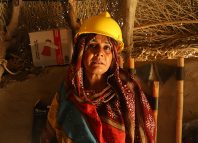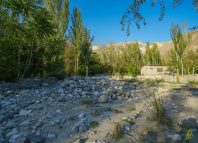Pakistan Flood Crisis: Monsoon Floods Leave Thousands in Need of Help in Khairpur

Pakistan’s Indus River experienced a significant surge in water levels from upstream, resulting in severe riverine flooding in the kacha areas (riverine areas) as monsoon rains hit several provinces in full force this week. These riverines and flash floods have both caused wide spread damages in different areas of Pakistan. In Sindh province, district Khairpur is among the most severely hit, with one person reported dead, two seriously injured, and thousands affected, requiring urgent humanitarian assistance and rehabilitation efforts.
A total of 3700 hundred families in Khairpur alone have been affected by the torrential rains and subsequent floods, with 270 families (along with their livestock, for most families a sole livelihood source) left displaced, and temporarily relocated along the protective bands or with relatives. Local authorities and field teams report 28,969 people affected (11,060 men, 13,700 women, and 4,209 children) in 36 villages in the district.
Flood affected communities are suffering from water borne and climate induced diseases, such as malaria, diarrhea, scabies and gastroenteritis, while pregnant women and newborn babies are experiencing malnutrition due to limited food supply, low resources and lack of health facilities. With roads and communication channels temporarily lost, pregnant women have no access to quality delivery services leading to delayed, unhygienic and problematic labour cases. The animals in the communities are also suffering from waterborne diseases, with an acute shortage of fodder.
Extensive damage to local infrastructure and agricultural lands due to the floods have also been reported. Thousands of hectares of standing and prepared crops, including cotton, dates, bananas, jowar (Sorghum), and vegetables, have been destroyed. More than 25 primary, elementary, and high schools have also been partially damaged, ruining the educational infrastructure, furniture, and fixtures, and disrupting academic activities just when the schools had reopened for new term.
An emergency needs assessment has identified the following needs:
- Evacuation, rescue, relief, and rehabilitation efforts
- Food Support
- Non Food Items (NFI)
- Shelter Kits
- Medical camps with medicines and ambulance services
- Nutritional support for children
- Tent-schools and child-friendly spaces
- WASH support, including Hygiene kits, Dignity Kits and Pit toilets
- Hand pumps and drinking water
- Animal fodder, treatment, and vaccination
Homes have been destroyed, families displaced, and essential resources are scarce. Immediate support and action are urgently needed to provide relief and rebuild lives.

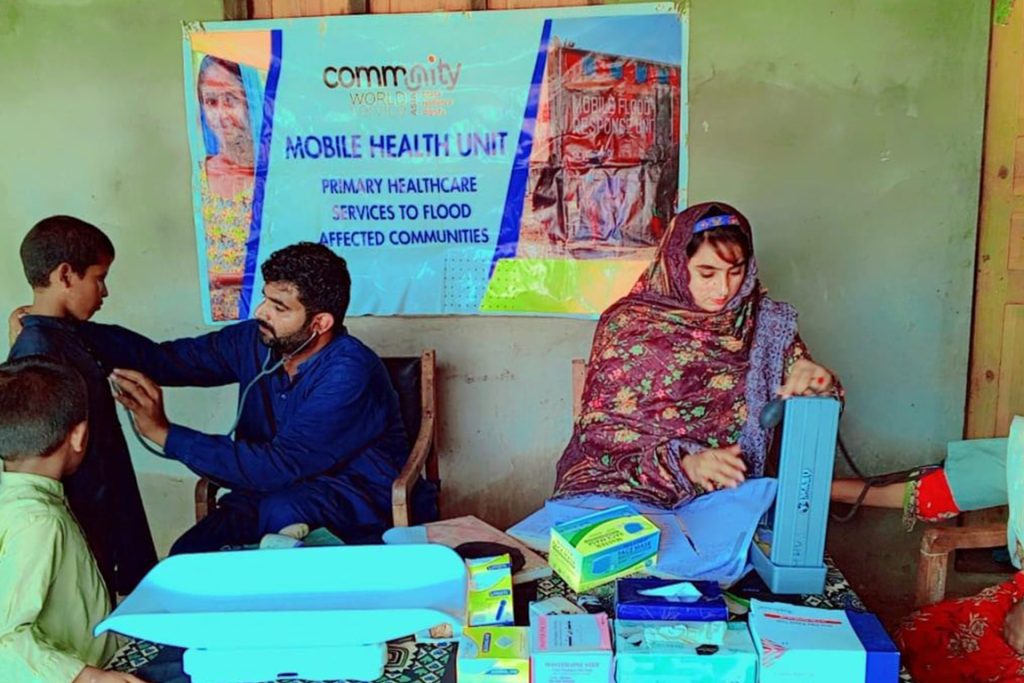
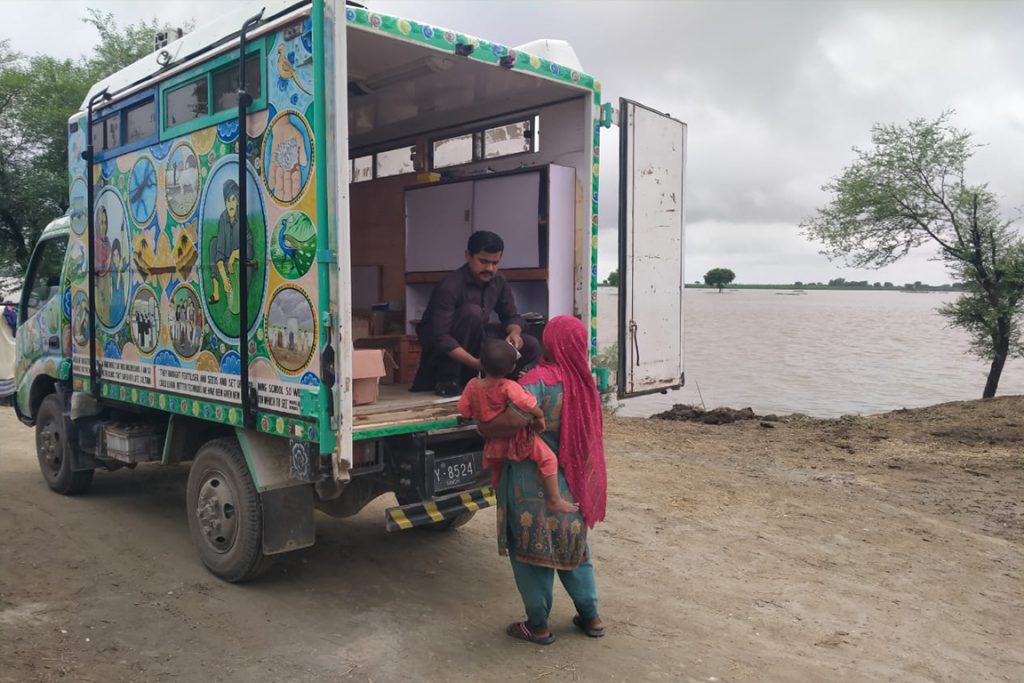
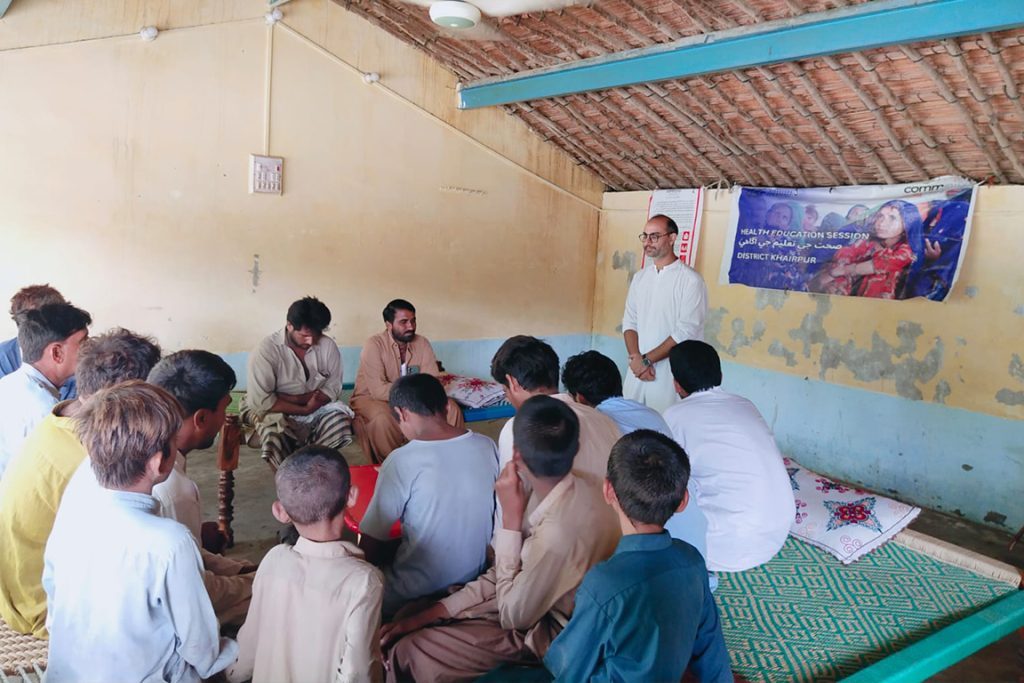
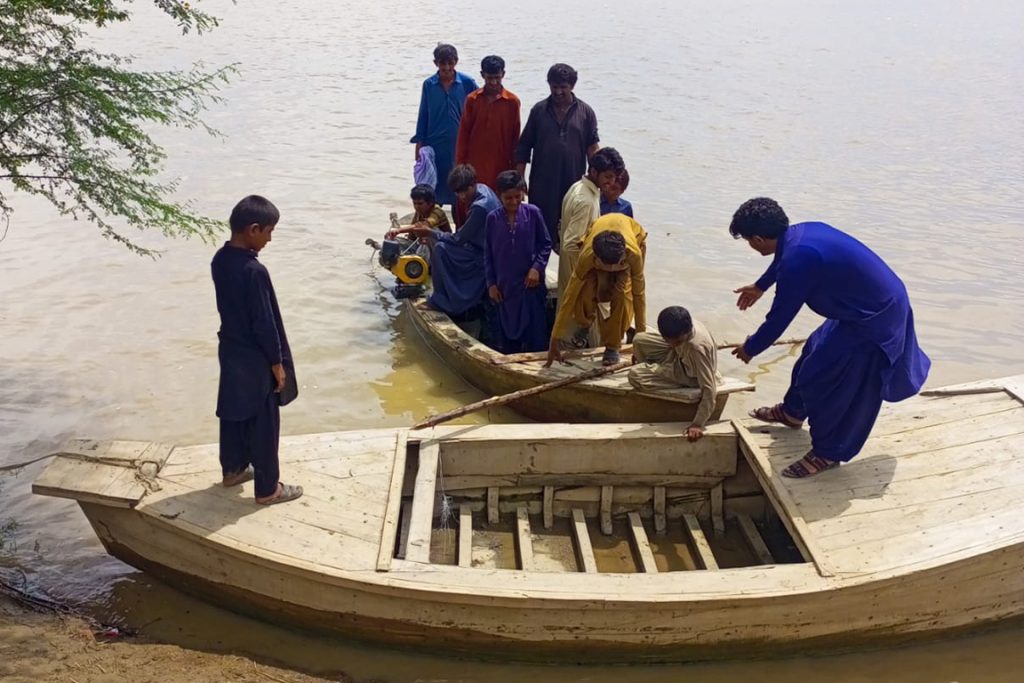

Community World Service Asia’s Response: Community World Service Asia (CWSA) is in close coordination with the local government, affected communities and other stakeholders active in the region. To address the urgent health needs of the affected population, our health teams are on the ground, delivering essential primary healthcare services through our Mobile Health Units. These mobile units are equipped to reach remote and severely impacted areas, providing critical medical care, disease prevention awareness and medicines, and health education to those who have been displaced or are otherwise unable to access traditional healthcare facilities.
Contacts:
Shama Mall
Deputy Regional Director
Programs & Organisational Development
Email: shama.mall@communityworldservice.asia
Tele: 92-21-34390541-4
Palwashay Arbab
Head of Communication
Email: palwashay.arbab@communityworldservice.asia
Tele: 92-21-34390541-4
Sources:
Relief Web
NDMA
Pakistan Metrological department
Dawn



